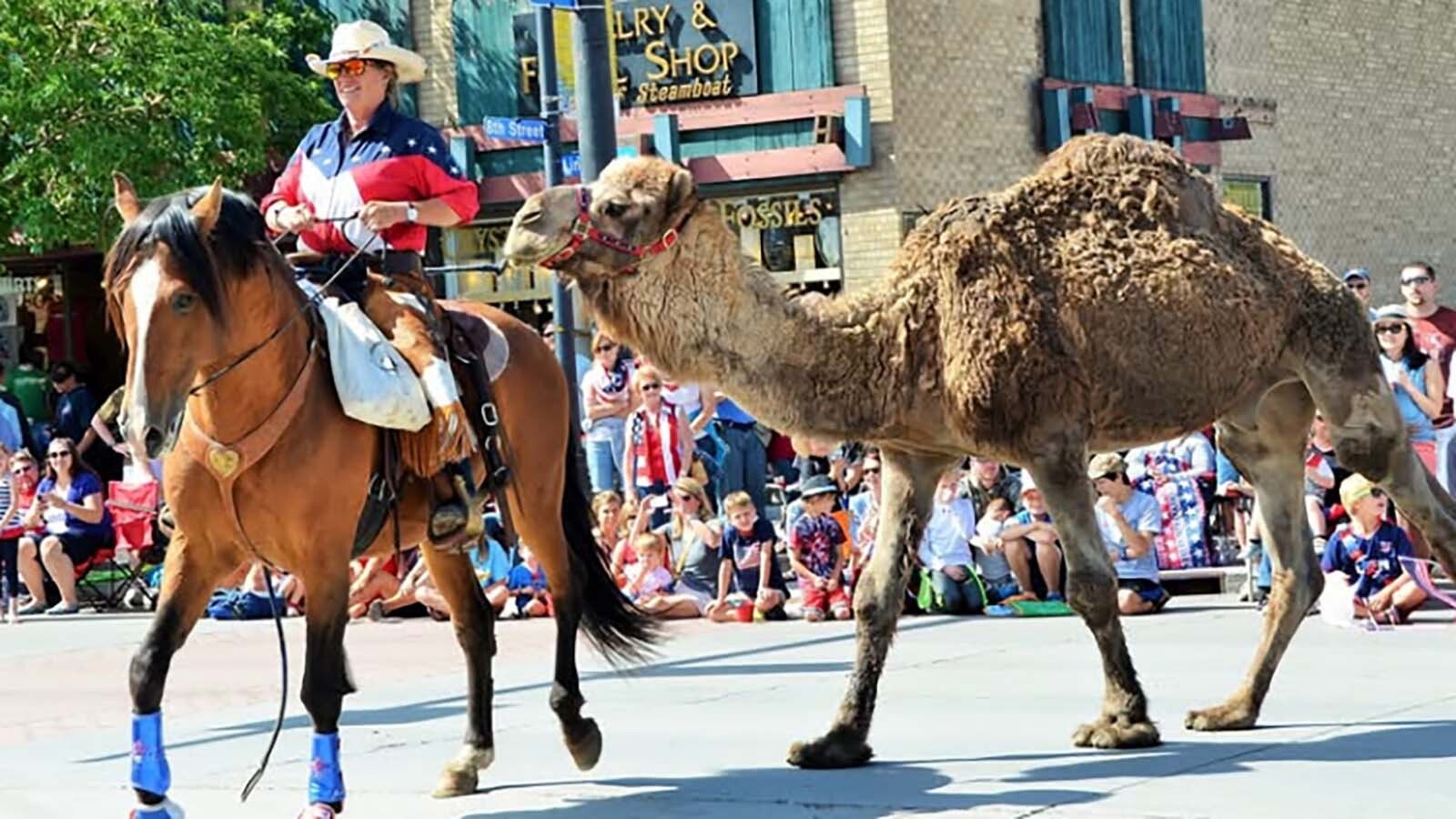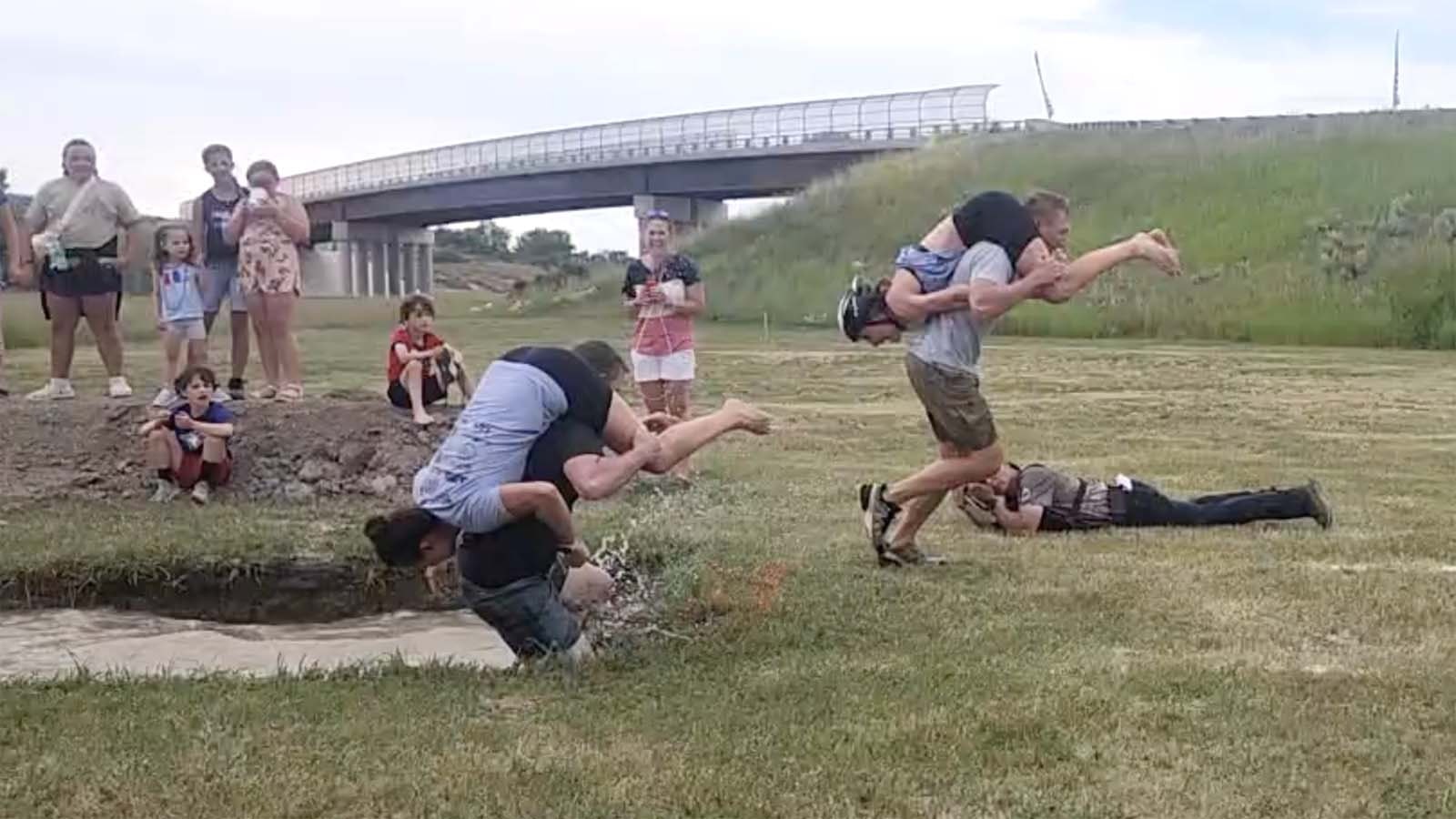Inga Arvad was the fashion editor for Harper’s Bazaar in 1946 when she met a cowboy-turned-movie star from Wyoming, Tim McCoy.
After a whirlwind romance, the two surprised Hollywood and their friends with a secret marriage, and Arvad settled down out of the limelight in Nogales, Arizona, to raise their two sons, Ronald and Terrence.
As Arvad volunteered at the public library and chauffeured her sons to school, not many knew her adventurous past until she was gone, taken by cancer at the early age of 60. She left behind her notes for a memoir and the letters from her one true love, John F. Kennedy.
While others had cashed in on any affiliation with the Kennedys, Arvad considered her romance with the young Naval officer who would ultimately become president too precious to flaunt. It was only after her death that the story came to light.
Born into Copenhagen, Denmark, high society in 1913, Arvad had led an intriguing life that caught the eye of then FBI Director J. Edgar Hoover. Hoover’s agents had amassed a huge file on her containing thousands of reports, as his agents spied on the young socialite with illegal wiretaps and bugs.
What Hoover caught instead of a spy was nothing more than a woman in love.
The Danish Beauty Queen
Inga Arvad, christened as Inga Marie Arvad Peterson, was raised in an influent household in Denmark with a widowed mother who wanted her daughter to be self-reliant and well-educated.
At 17, while training to be a professional pianist, Arvad entered a beauty contest that changed the course of her life. She became Miss Denmark, met European royalty and a certain wealthy Egyptian, Kamal Abdel Nabi, who became her first husband after a short two-month courtship.
Arvad fully expected to be an equal in their marriage, but found life in Egypt restricting, according to the letters she sent home to her mother. Two years later, she escaped Egypt and returned to Denmark to secure a divorce.
It was then that she started pursuing a journalism career while also acting in a comedy for a director who had a flair for stretching the truth.
As famous director Paul Fejos wooed the much younger starlet, 22-year-old Arvad was getting ready to embark on a coup that would haunt her for the rest of her life.
Hitler’s Nordic Beauty
It was now 1935 and Nazi Germany was the biggest story in the world. Arvad decided that was where she needed to go to start establishing a career as a writer.
Without any formal training, she convinced a woman’s magazine to give her press credentials as its Berlin correspondent. Her goal was to interview Adolf Hitler and prove to the world that she was a serious journalist.
With her beauty and warmth, Arvad moved in the upper circles of Berlin easily, writing human interest stories about the people around her. Her charm caught the eye of the highest officials in the Nazi party, including Hitler himself. Years later, she wrote of her budding journalism career in her handwritten memoirs.
“I don’t want a political interview,” she had told German officials. “I don’t know anything about international relations, I just want (to know) little things about the Fuhrer.”
It took Arvad six months of begging to arrange the interview and she ended up speaking with the dictator for an hour and a half in an unprecedented private meeting. She wrote that it was more of a conversation than an interview as she sought to write a profile on him as a man, not as a political figure.
Afterward, Hitler remarked that Arvad was “the most perfect example of Nordic beauty” that he had ever seen. It was a compliment that would come back to haunt her.
On Nov. 1, 1935, the article headlined “An Hour with Adolf Hitler” ran in the Berlin paper Berlingske Tidende. Pleased with her article, Hitler invited Arvad back as a special guest at the 1936 Summer Olympics in Berlin. The resulting second article was published that same year on the front page of the London’s Sunday Dispatch.
The editor wrote that it was “one of the most unusual interviews ever given to a newspaper by the head of a nation. In it, the Fuhrer freely reveals his inner thoughts and his dreams, tells of his aspirations for his people, discloses some of the plans – made in his youth – which are now being carried out, and gives a hint of ambitions he had had to suppress.”
“One likes him immediately,” Arvad wrote about her private interview. “He seems lonely. The eyes, which are tender hearted, look directly at you. They radiate power.”
However, any warm feelings for Hitler were eventually replaced as she began to see the cruelty that had been hidden in the shadows from the upper class.
At a party in 1936, the Gestapo, the secret police of Nazi Germany, approached the young woman. According to her own written admission, the Gestapo hinted strongly that she should become their spy. Terrified, Arvad fled Berlin that night, quickly finding her way back to Denmark.
Trailed By The FBI
Between the interviews of Hitler, Arvad married the film director Fejos and, after being recruited as a spy, Arvad followed her husband on an exotic trip to film documentaries among the headhunters of Malaysia.
It was supposed to be a two-year trip, but Fejos ended up sending her away for “her safety.” Fuming, Arvad found herself spending most of her married life away from her husband.
In 1940, she left Europe alone and eventually relocated to Washington, D.C., as a syndicated columnist with the Washington Times-Herald. Here, one of her co-workers was none other than Kathleen Kennedy, John F. Kennedy’s younger sister.
Arvad and Kathleen Kennedy became very close friends. Both were unaware that a photo of Arvad with Hitler was about to come to light. The photograph was taken at the 1936 Olympics, and Arvad claimed she had never seen it before. Another small newspaper clipping was discovered that proclaimed Inga Arvad as “chief of Nazi publicity in Denmark” and had been published in papers all over Europe, though never in America.
It was Arvad herself, she later wrote, who marched the photo over to the FBI and demanded, in her naivety, to clear her name of being a spy. Her plan backfired, and soon even President Franklin D. Roosevelt was asking questions about the Danish columnist and her Nazi connections.
Ignorant of the attention of the FBI, Arvad was busy interviewing the elite of Washington, D.C., and developing a romance with a then-unknown ensign, John F. Kennedy.
As Hoover’s FBI agents spied on Arvad, they only took a passing interest in the young Navy officer who was frequenting her apartment. Hoover bugged her phone and even went as far as bugging her mattress, never knowing or caring about Kennedy as they were more interested in Arvad than the man she was dating.
JFK’s Greatest Love
The 24-year-old naval ensign was infatuated by Arvad, who was five years his senior and had seen more of the world than he had.
Kennedy later noted in his own letters to Arvad, who he called Inga Binga, that she knew him better than most of his own family and longtime friends. It was to Arvad that he first confessed his political ambitions, and it was she who encouraged him to tell his father.
In this way, she advised, he could best pursue the White House. This advice proved to be their undoing.
Following Arvad’s advice, Kennedy finally told his father his political ambitions. In 1942, Kennedy received an ultimatum from his father, the powerful former ambassador Joseph Kennedy. His father would help him, but he had to give up Arvad.
Believing their relationship to be nothing more than a fling, Joseph Kennedy had at first allowed it to continue. However, once the elder Kennedy received intel that the FBI suspected Arvad as a Nazi spy, he insisted it had to end.
When this threat didn’t work, “Big Joe,” as he was known to his family, pulled strings and had his son sent to the Pacific. This resulted in JFK nearly being killed and returning home a war hero. Throughout it all, Kennedy and Arvad kept in contact, and only to her did he confide his horrific wartime experiences.
Their last time together was when Kennedy was running for Congress. After their final goodbye, Arvad wrote that they both knew he could not achieve his political dreams with her at his side. Instead, Arvad turned her attention to a cowboy from Wyoming and Hollywood movie star, Tim McCoy.
Even though the FBI, the U.S. Navy, “Big Joe” Kennedy and a world war could not break their relationship, it was Kennedy’s own political ambition that ultimately separated them. He went on to win his first major political race and Arvad became the mother she always wanted to be.
Throughout the years, Kennedy and Arvad continued to ask after each other, even up to JFK’s assassination. Devastated by the news, Arvad received a note of condolence from their mutual friend, Arthur Krock.
“I think I told you before that every time I saw President Kennedy,” New York Times columnist Krock wrote Arvad, “he would say to me with a twinkle in his eye, ‘How’s Inger?’”
According to her memoirs, Arvad knew that if it hadn’t been for her past interviews with Hitler, it might have been her in that limousine that fateful day in Texas instead of Jackie Kennedy, when Arvad’s beloved Jack Kennedy was assassinated.
The Cowboy’s Bride
Tim McCoy described his wife in his 1977 biography “Tim McCoy Remembers The West” as “Danish and lyrical.”
In 1946, when McCoy was 55 and Arvad was 32, the two married and seven months later, Inga gave birth to a son, Ronald.
It wasn’t until Ronald was in college, according to his own account, that his mother shared a startling revelation. She had long suspected that McCoy might not be the father of her oldest son, but instead had suspicions that Kennedy was the true father.
Arvad, the younger McCoy recalled, told him her secret because of his interest in politics and she wondered if it was because of this possible lineage.
Shocked, he shared the news with his younger brother, Terrance, and Arvad was furious. She didn’t want the information bandied about and her sons no longer spoke of it. It wasn’t until after her death that her connection to the president was revealed, much to the McCoy family’s embarrassment, and shared in a memoir about John F. Kennedy.
Inga Arvad had no funeral, so the memoir “Inga” written by Scott Farris using Arvad’s own writings, became her eulogy.
Arvad, Farris wrote, should not be forgotten. She had influenced American politics — even if it was by simply encouraging a young Kennedy to follow his dreams — then finally found motherhood with a Wyoming Western movie star.
Jackie Dorothy can be reached at jackie@cowboystatedaily.com.












